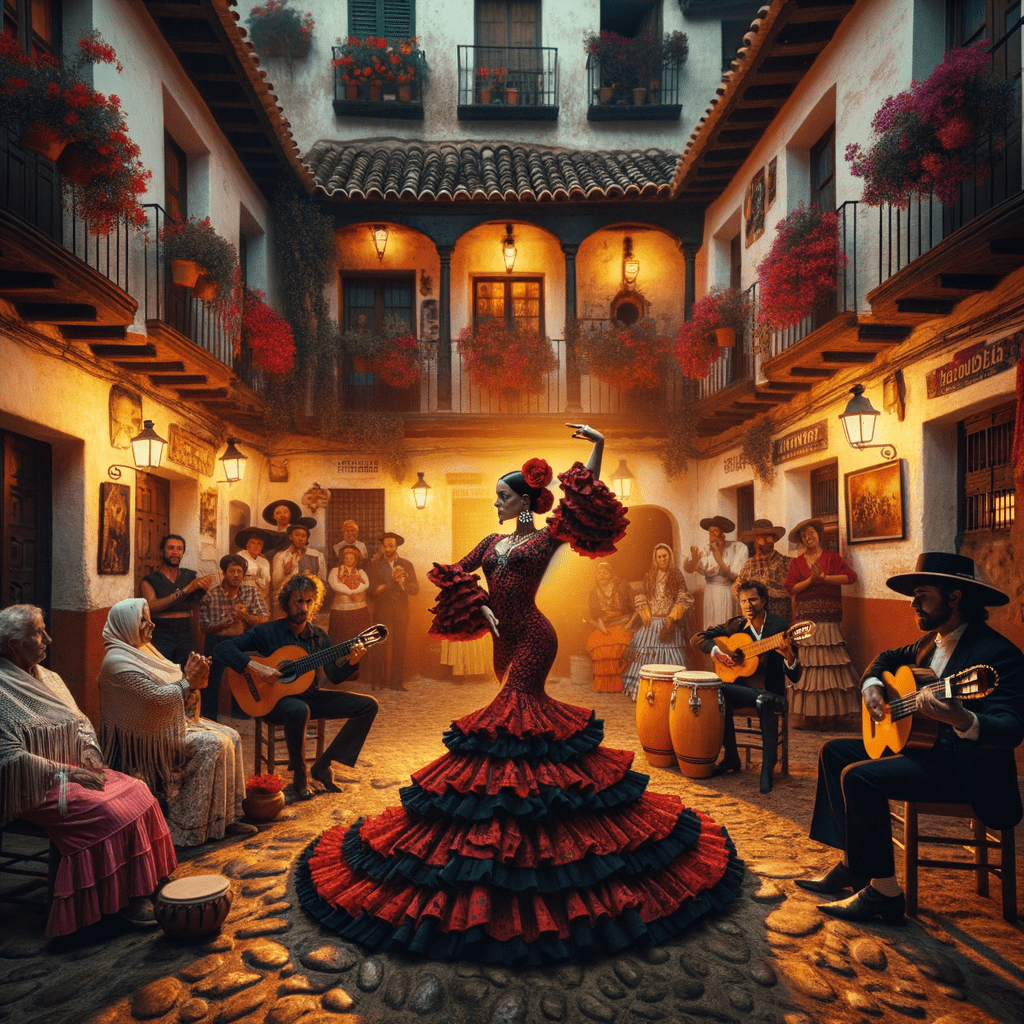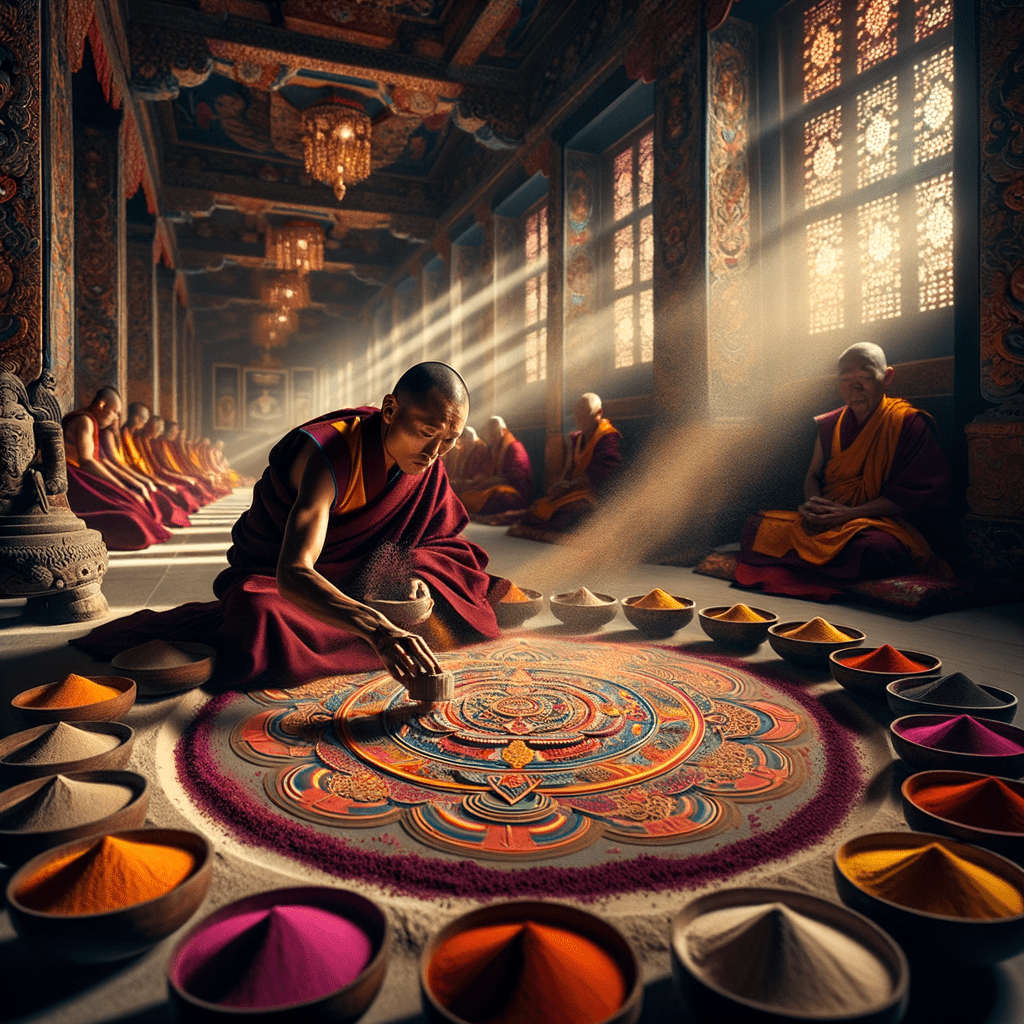You know, the whole thing about funerals is that they’re intensely personal. Wherever you hail from, they really bring out those raw emotions. They tell stories of lives that were lived, and they’re kind of like therapy—each in their unique way—for those left behind. As I wandered through the maze of different funeral traditions around the world, I couldn’t help but feel this deep sense of respect, amazement, and at times, even a bit of wonder at how uniquely we humans across cultures say our goodbyes.
The Sky Burial (Tibet)
So, up in Tibet, with the magnificent Himalayas as a backdrop, they have something called a Sky Burial. Now, if you ask me, the name alone throws up quite an interesting image, doesn’t it? But for real, it’s a practice drenched in respect for life and nature. Wood and burial land are rare there, so Tibetans, deeply tied to their Buddhist roots, perform a ‘jhator’ or giving alms to the birds.
I found something so touching about this. It’s more than just about putting a body to rest; it’s this awe-inspiring act of continuing one’s journey by sustaining another life. The body is offered to vultures, and it all just seems like the circle of life doing its beautiful dance. Hearing about this left me feeling humbled, reminded of how fleeting life is and how everything’s connected in the grand existence scheme.
Turning of the Bones (Madagascar)
Okay, picture this! In Madagascar, they’ve got this thing called ‘Famadihana’ or the turning of the bones. Imagine a scene buzzing with laughter, music, and a festival vibe with a sprinkle of nostalgia—that’s the essence right there. Every five to seven years, families pull together for this memorable event.
Ancestors are exhumed, wrapped in new cloth, and promenaded around the tomb while everyone partakes in a dance. Far from being creepy, it’s actually heart-stirring. The Malagasy hold a deep belief in their ancestors’ continuous presence in their lives. This tradition of reconnection and respect, wrapped in joy, is quite refreshing—though I do admit, it might feel a tad unusual for outsiders.
When you think about it, it’s like keeping the memories alive in their own special way. Beyond a tradition, it’s an outpouring of familial love and ties, and honestly, that’s beautifully endearing.
Jazz Funerals (New Orleans, USA)
You’ve got to admit, when it comes to New Orleans, nothing quite captures it like a jazz funeral. This blend of somberness and joyfulness is a cornerstone of American, particularly Creole, culture. It kicks off with the dirges—slow, mournful tunes escorting the departed to the cemetery. But once that’s done? Oh, then it morphs into a celebration with brass bands belting out energetic tunes akin to a street party.
This tradition is so charming because it embodies that notion of every ending being a fresh beginning. While paying homage to a life lived, you can’t help but feel your spirits lift—whether you’re familiar with the tradition or not. For me, this mash-up of sorrow and glee reflects life itself, all full of contrasts, beauty, and those surprise dance breaks that catch you off guard.
Tana Toraja Funeral Rituals (Indonesia)
In the lush expanses of Indonesia live the Tana Toraja people, and wow, this is something! This community treasures their dead almost too dearly. The ritual heart is the ‘Rambu Soloq,’ a series of elaborate ceremonies turning funerals into big social events.
Folks might spend years saving for these grand gatherings full of buffalo sacrifices. It feels like a transition, a journey for the lost soul to the after-life. What really warms my heart is the sense of duty the living feel towards ensuring the departed have a serene journey. There’s this glow of dedication amidst the intensity an outsider might just find overwhelming.
It’s almost like attending one of these brings home the fact that in grief, we lean on each other the most.
Famadihana: The Dance of the Dead (Mexico)
Now, I did mention Madagascar’s festival, but how could I pass over Mexico’s poignant tradition? Día de los Muertos, or the Day of the Dead, is a whirlwind of emotions and vibrant aesthetics. This one isn’t a quiet affair—it’s loud, colorful, and beautifully chaotic!
The belief? That spirits drop by to visit their families. And it’s beautiful—altars adorned with photographs, marigolds, loved items alongside sugar skulls, and pan de muerto, transcending through generations. This kaleidoscopic display can shake your views on dealing with grief.
In my understanding, it’s all about loving, cherishing, and even giggling with those who’ve departed. Offering joy over tears, celebration over silence—it sounds like a soulful balm on dealing with loss if you ask me.
Green Burials (Worldwide)
Alright, so this isn’t pinned to one place, but it’s a burgeoning worldwide movement. The thought? Return to Earth as naturally as possible. It’s nature’s gentle nudge for us to rethink our bond with the planet in death like we did in life.
Biodegradable caskets, memorial reef balls to aid marine life—this tradition struck a deep chord within me. At a time when sustainability feels like a weight on our shoulders, this feels like a profound, responsible farewell—leaving marks that nature could embrace softly.
This conversation opens beyond traditions to envision how we’d like to be remembered. To leave sparingly, with only memories etched into the hearts of those we leave behind?
All these stories aren’t just a peek into different customs. They’re echoes, guiding us to reflect on our mortality, reshaping the waltz between life and death. They paint a tapestry rich in cultural color, unique practices, and the interwoven narrative of love and loss unifying us all.
Venturing through these tales, I realized how they mirror cultures’ deepest values and beliefs. They stirred something deep within me—a smoother understanding, a broader perspective on the paths we walk or the journeys beyond this life we take.
These cultural customs portray humanity’s vast, beautiful spectrum: our shared voyage to honor those we love. Whether through offerings to the skies, joyful bones, or a single, heartfelt tune—we’re all tethered in navigating the goodbyes and carving out space for farewells amid cherished echoes.
Ultimately, grappling with mortality while celebrating life’s intricate dance molds funeral traditions into genuinely profound, exceptionally human experiences.












